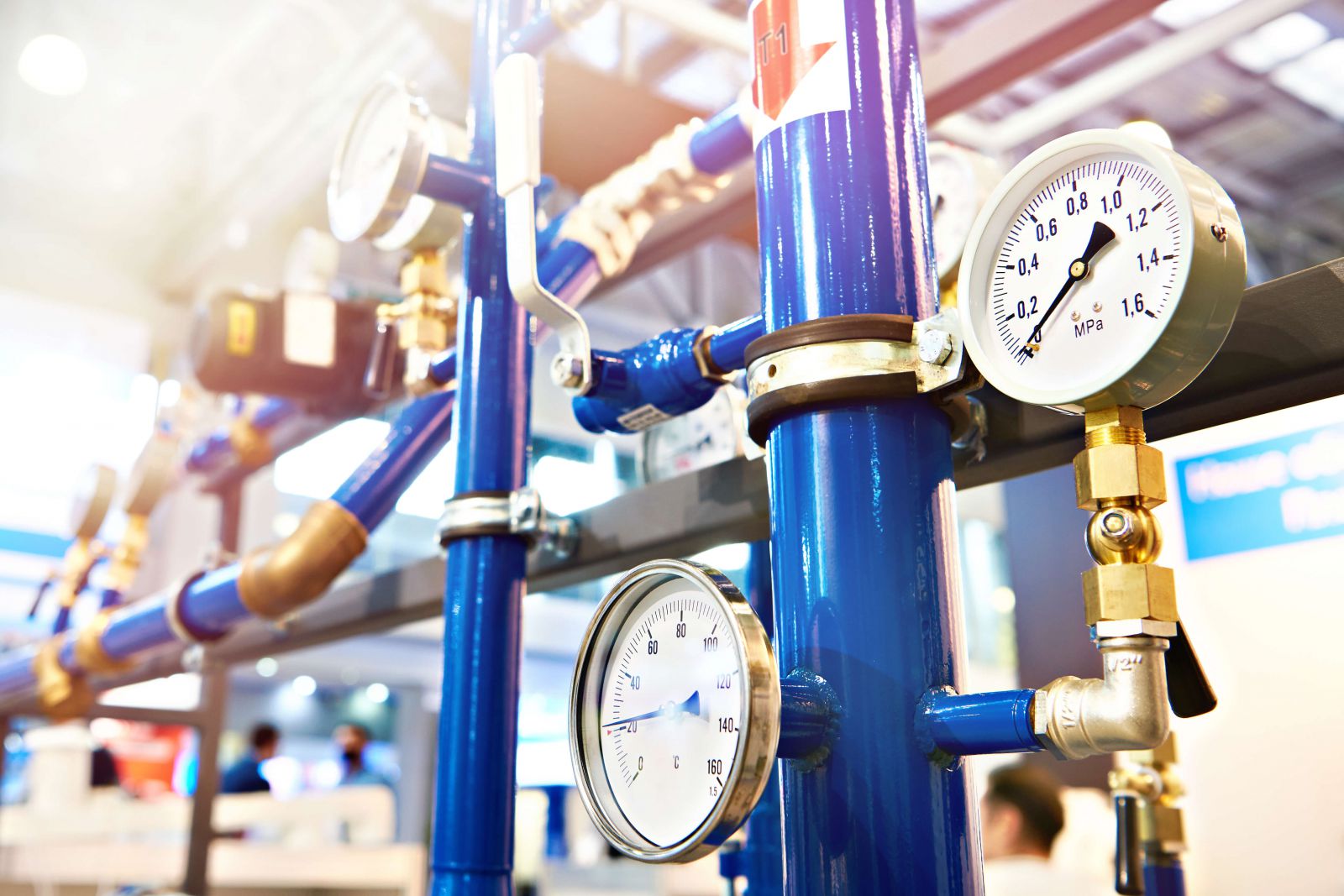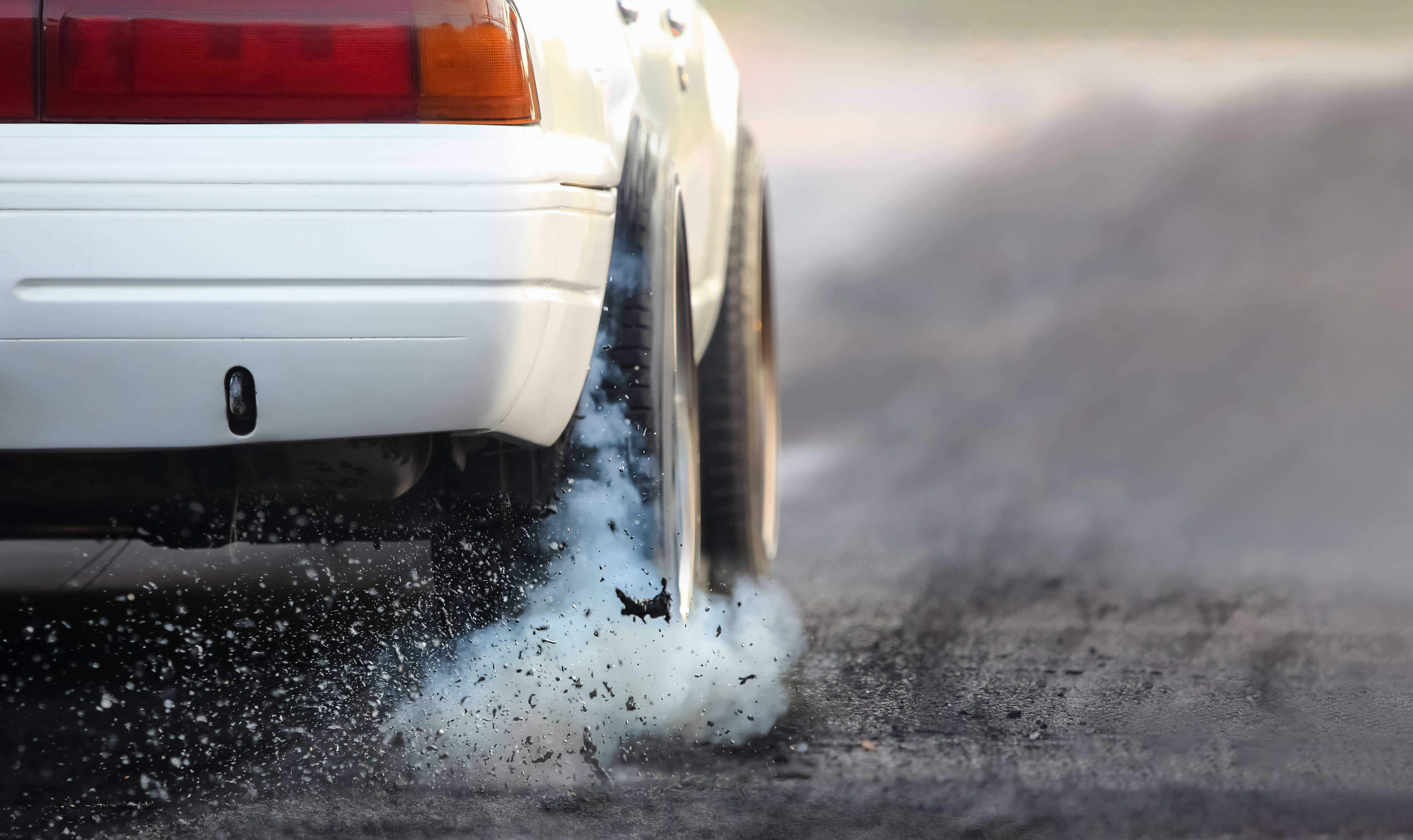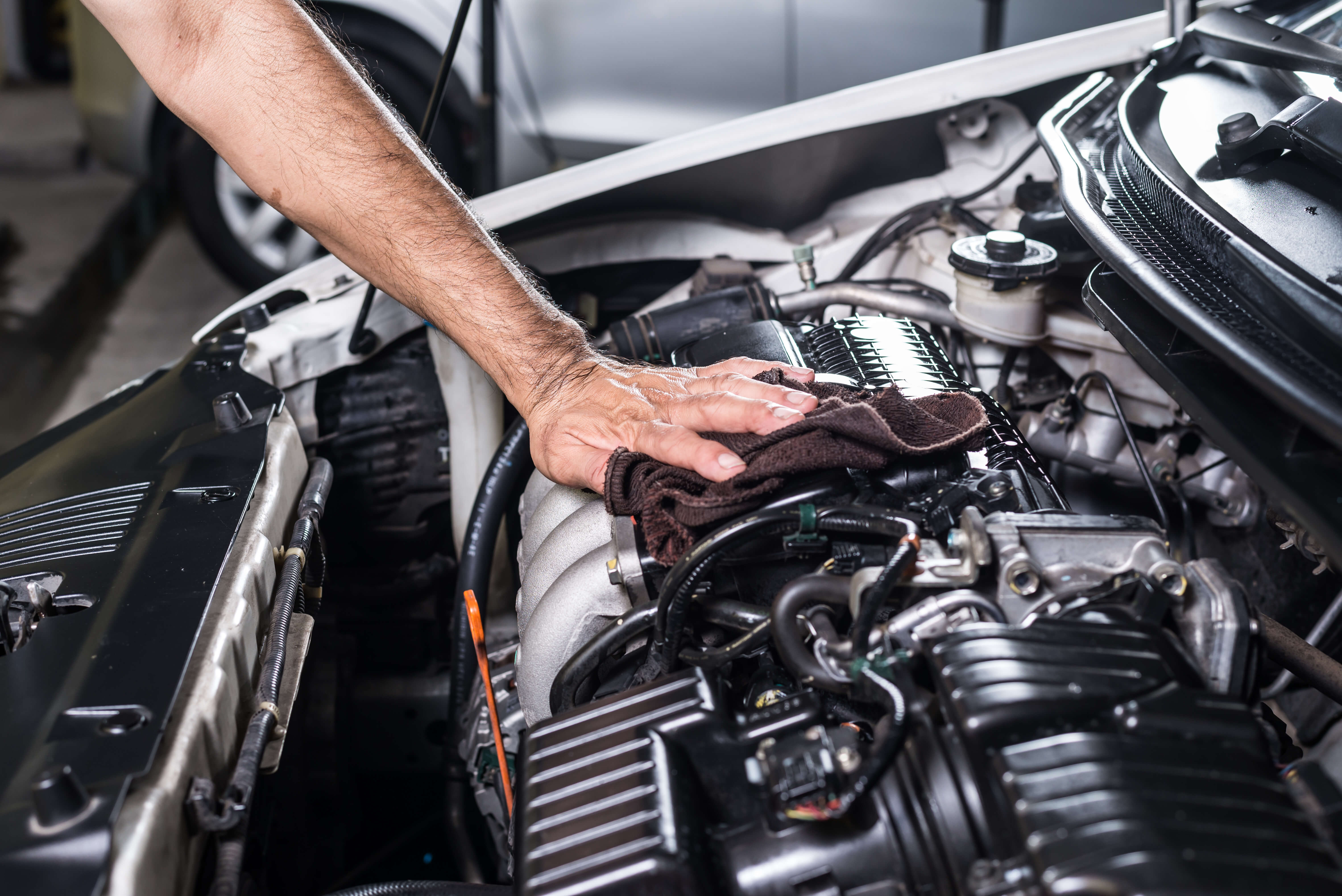Performance Fuels

Blending Fuels to Get the Right Mix
- Category:
- Fuel Facts
by Classic Motorsports
Posted on 7/4/2024

Can you mix together different fuels to get what you need? In most cases, yes. “Our gases mix well with each other,” explains Zachary J. Santner, senior specialist of quality at Sunoco.
Gas Math: When mixing fuels, a weighted average will get you fairly close, Santner explains. For example, a tankful that’s three parts 90 octane and one part 110 octane would yield approximately a 95 octane mix. But before you start grabbing nozzles, a friendly reminder that leaded fuels will harm the catalytic converters and oxygen sensors found in modern cars.
Mixing for Octane: Most pump fuels now top out at 93 octane. That’s fine for today’s machines, but that ’60s performance car might have been built back when octane numbers found at the corner station ran closer to 100.
If looking for a solution that’s street-legal, Santner says, you could run Sunoco 260 GT, a 100 octane, unleaded street-legal fuel.
While straight 260 GT would provide more than enough octane in this case, if less octane was needed you could save some money by cutting it with pump fuel. A 50/50 mix with 93 octane, for example, would yield about 96 octane, and you could adjust as necessary. Those headed to the track could opt to instead mix in an off-road racing fuel.
Mixing for Storage: Today’s oxygenated fuels usually contain up to 10 percent ethanol. The ethanol helps those fuels produce more power, but the ethanol also absorbs moisture over time, especially in an older fuel system that isn’t entirely sealed. That moisture can eventually cause all kinds of problems.
Some stations offer non-ethanol fuels, with 89 and 90 octane usually being the upper limit. Need more octane than that–like closer to 93? Sunoco offers an unleaded fuel called Optima: 95 octane and no ethanol. It’s not street-legal, the company notes, but its website adds that this fuel won’t harm oxygen sensors and catalytic converters. If stored in a sealed, air-tight container, shelf life is more than three years.




